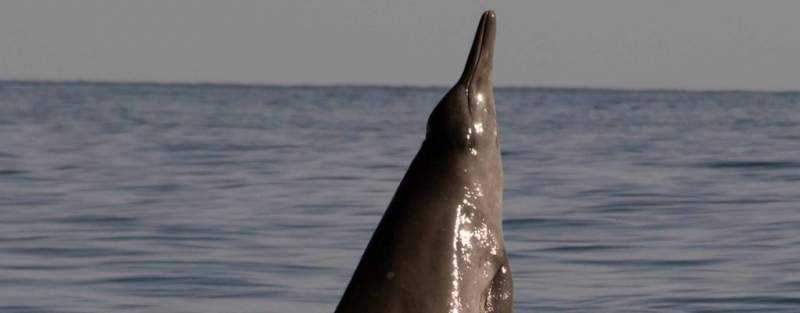
Lately the weather is quite unstable and today is again a rainy day, so we have a fun fact for you about the Sowerby’s beaked whales!
The Sowerby’s beaked whale was the first beaked whale to be discovered. An individual stranded in 1800 in Scotland and 4 years later this species was described by James Sowerby. This species is not common to see in the wild, although it is one of the most commonly stranded beaked whales. There have been only a few sightings at sea, therefore it is poorly known.
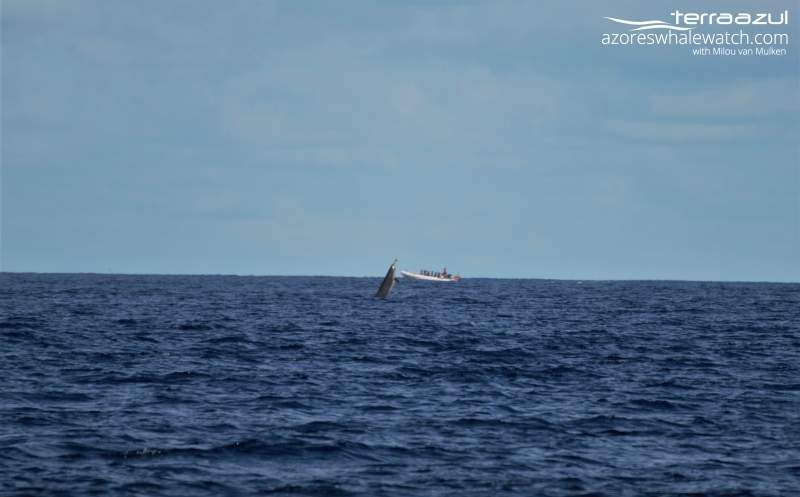
Jumping Beaked Whale still far away.
The physical description can however be made from the stranded whales. They appear with a bluish gray or slate gray upper side and a light underside. They have a small rounded melon in front of the blowhole (only 1 blowhole since it is a toothed whale!) and a small dorsal fin. Their body only has limited scarring and their beak is long and slender.
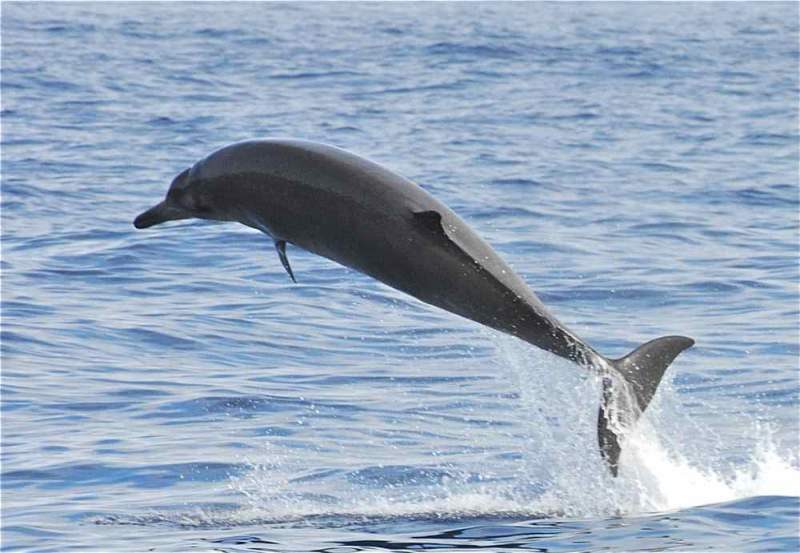
Sowerby’s beaked whale breaching. Source: https://www.flickr.com/photos/pierre_et_nelly/7977293321
Male beaked whales in general only have a couple of teeth in the lower jaw, females don’t have any at all. We humans chew on our food; dolphins only grab their food and swallow it immediatly; and beaked whales capture their prey by suction!
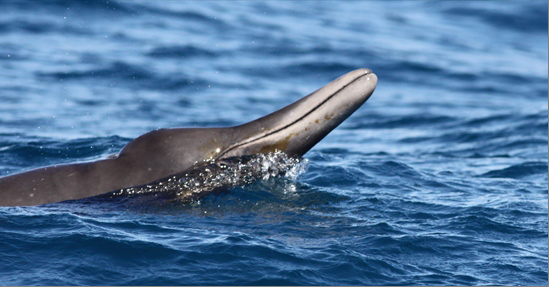
Sowerby’s beaked whale. Source: http://www.dfo-mpo.gc.ca/species-especes/profiles-profils/sowerbywhale-baleinesowerby-eng.html
Little is known about their behaviour in the water. They are very long and deep divers; they can dive to a depth of 2 kilometres for more than 2 hours! Sightings shows us that their head is brought out of the water at a steep angle for most surfacing.
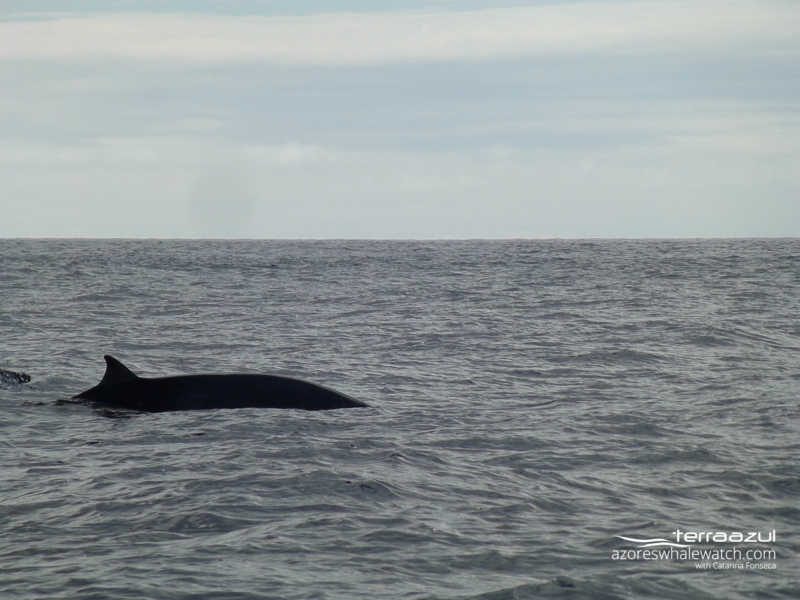
Sowerby’s beaked whale / Mesoplodon bidens
This species is mainly known because of a 100 strandings. We see them here in the Azores very irregulary and we are not sure if they are resident around here; it is possible that this is the case! They are quite shy so it is hard for us to see them around, most sightings are very brief and just a matter of luck!
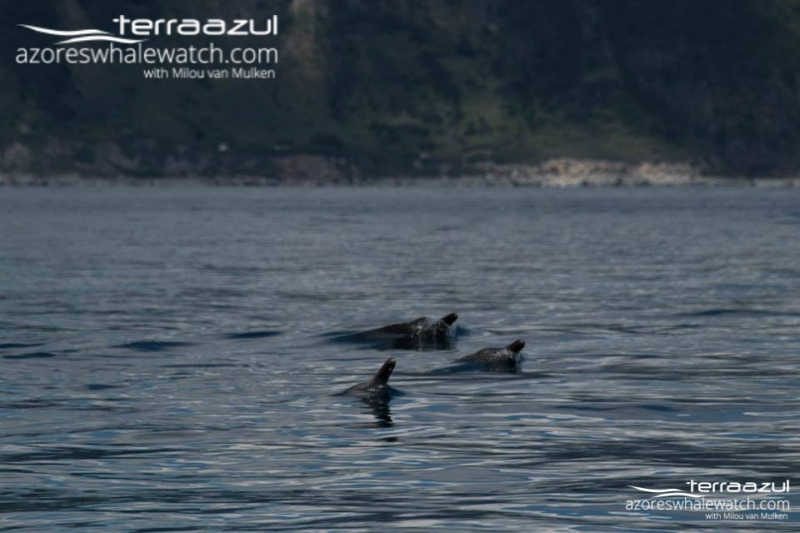












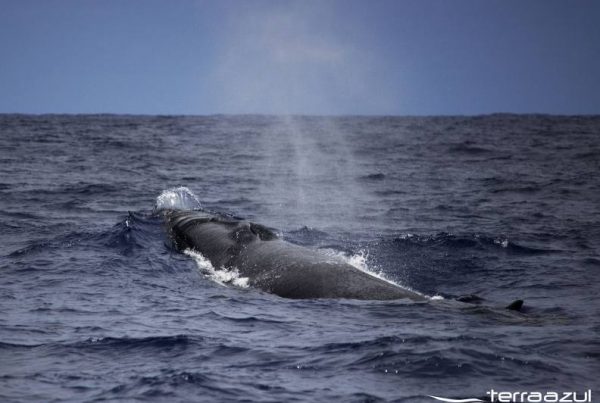
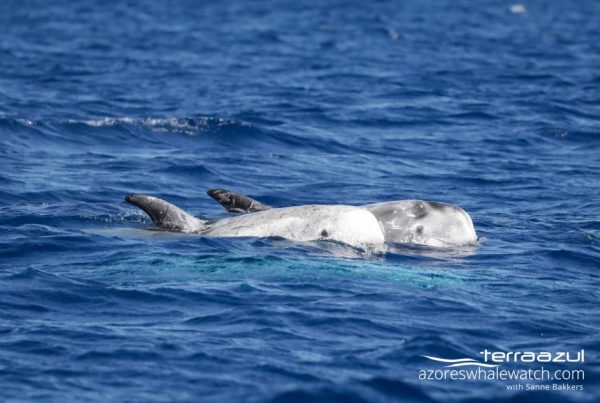
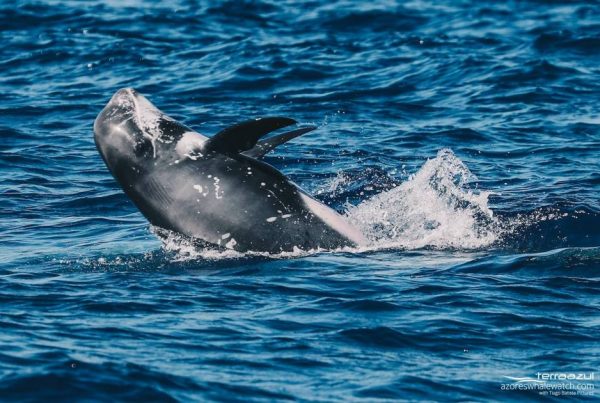



Your thoughts on this?